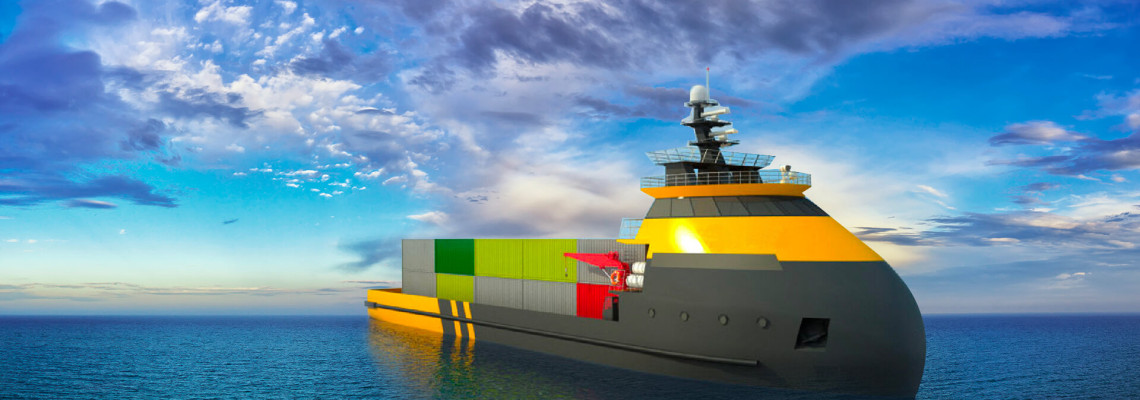
Cloudborne – The Autonomous Cargo Ship Revolutionizing
Maritime Logistics
In the ever-evolving world of
maritime tech, a new vessel has surfaced that’s rewriting the rules of cargo
transportation: Cloudborne, the fully autonomous Unmanned Surface
Vehicle (USV). Powered by cutting-edge AI, remote cloud connectivity, and zero
crew dependency, Cloudborne sets sail on the promise of efficient,
eco-friendly, and uninterrupted global trade.
What
Is an Unmanned Surface Vehicle (USV)?
USVs are watercraft that operate
without onboard human presence. These vessels use sensors, GPS, real-time data
communication, and autonomous control systems to navigate oceans, harbors, and
shipping lanes—all while communicating with remote command centers via
satellite or cellular networks.
Think of it as a drone, but for the
high seas—except it hauls containers instead of cameras.
Meet
Cloudborne: Autonomous Intelligence at Sea
Unlike traditional cargo ships,
Cloudborne has no captain, crew, or bridge. Its brain is an integrated AI
module that continuously processes:
- Weather forecasts,
ocean currents, and collision risks
- Optimal routing algorithms for fuel and time savings
- Load monitoring
for cargo balance and integrity
- Remote diagnostics
to track mechanical or software anomalies
Using real-time cloud integration,
it can also adapt mid-voyage—rerouting itself around storms or congested ports,
all without human intervention.
Eco-Driven
Design and Performance
Cloudborne isn’t just smart; it’s
green. Designed with sustainability at its core, it features:
- Hybrid propulsion: electric turbines
and solar-powered support systems
- Low emissions footprint, avoiding traditional
diesel combustion
- Smart hull materials that reduce drag and
biofouling
- Autonomous power regulation to conserve energy when
idle or cruising
With fewer moving parts and no
onboard crew facilities, maintenance is minimal—cutting costs and ecological
impact.
How
Communication and Cloud Control Work
Cloudborne’s communication backbone
links it to a central control hub via:
Component | Function |
Satellite uplink | Global location tracking and data
upload |
AI navigation system | Pathfinding and adaptive route
decisions |
Cargo IoT sensors | Real-time load and stress
monitoring |
Remote override module | Manual emergency control from
shore |
This makes it possible to manage
multiple USVs simultaneously—like a fleet of digital mariners coursing across
trade routes.
Use
Cases and Industry Impact
Autonomous cargo ships like
Cloudborne are ideal for:
- Intercontinental shipping without labor overhead
- Island and coastal resupply missions
- Offshore installation support (oil rigs, wind farms)
- Global logistics chain automation
Major shipping companies and defense
sectors are now investing in this tech to reduce human risk, operational costs,
and carbon output.
Conclusion:
A Sea Change in the Shipping World
Cloudborne is more than a ship—it’s a statement. A glimpse into a future where autonomous vessels crisscross oceans with precision, minimal environmental impact, and constant digital oversight. For tech enthusiasts, marine engineers, and global businesses alike, Cloudborne floats at the intersection of innovation and necessity.















